Last Updated
Unlike other popular Mexican destinations, Los Cabos doesn’t have many dangerous animals inhabiting its crystal blue water.
Except for jellyfish!
These were unfortunately recently spotted by expert lifeguards in the area.

According to local news, the species now found in Los Cabos is the Portuguese Caravel jellyfish, commonly referred to as aguamala.
So what should tourists know about these animals?
Warnings and recommendations
The warning was issued by the Federal Maritime-Terrestrial Zone (ZOFEMAT) and led to the placement of white flags on many of Los Cabos’ beaches.
In a recent interview, Joel Castro Villanueva, one of Zofemat lifeguards working on El Chileno Beach, explained how aguamala can cause skin irritation: “In case when a person comes to us with a jellyfish sting, what we do is check them and take care of them.”
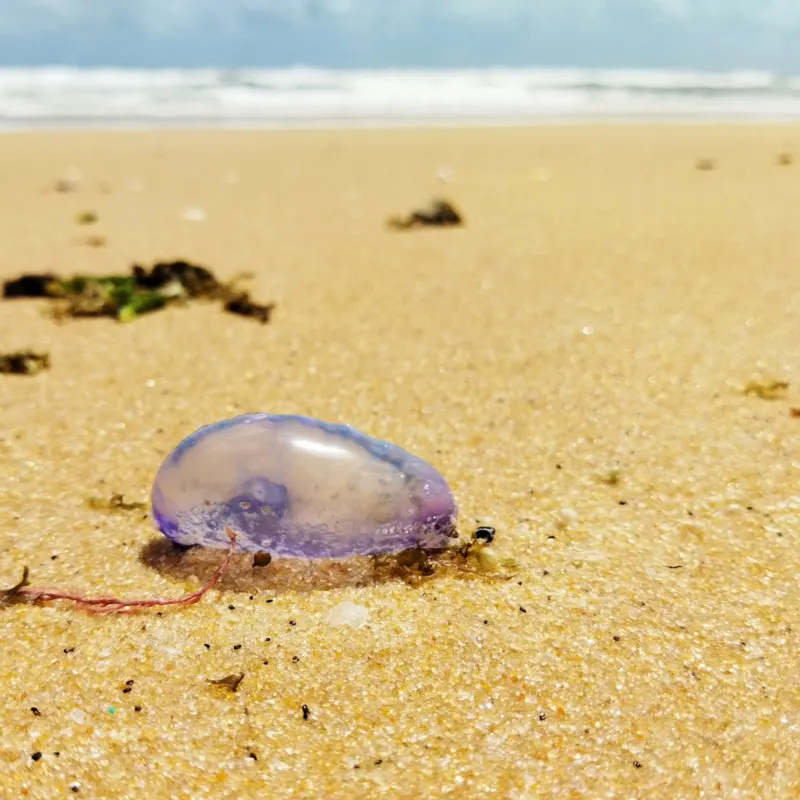
He later continued by stating that one of the most common procedures to treat aguamala sting is by putting white vinegar on the affected area.
Joel Castro Villanueva also specified that medical experts can be involved when necessary. “If the person already has an allergy or has a slightly more severe discomfort, the ambulances are called.”
Local organizations studying this species of jellyfish also recommend visitors carry a first aid kit with them at all times when visiting Los Cabos beaches. This is particularly necessary when taking young kids to the beach.
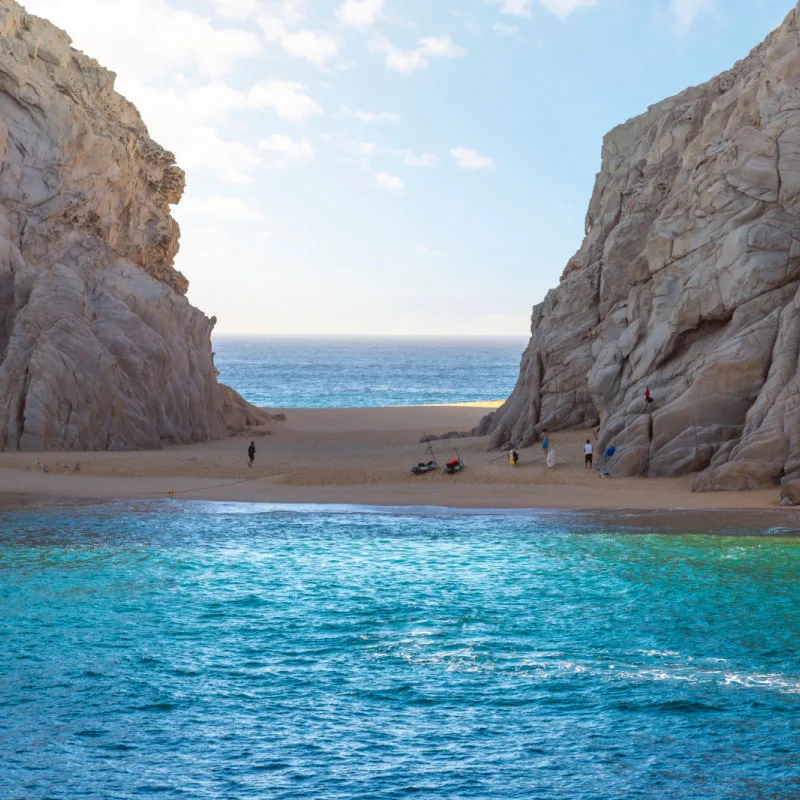
People are also advised to rinse the affected area with saline water from the sea and avoid rubbing it, as this may cause the still inactive stinging cells to activate, causing more pain.
Apart from jellyfish, tourists heading to Los Cabos are also asked to take a few precautions, such as memorizing the warning color flag system used in the area. Here is a quick summary.
As we’ve just discussed, white flags indicate the presence of dangerous animals in the water; in the case of Los Cabos, these are often jellyfish.
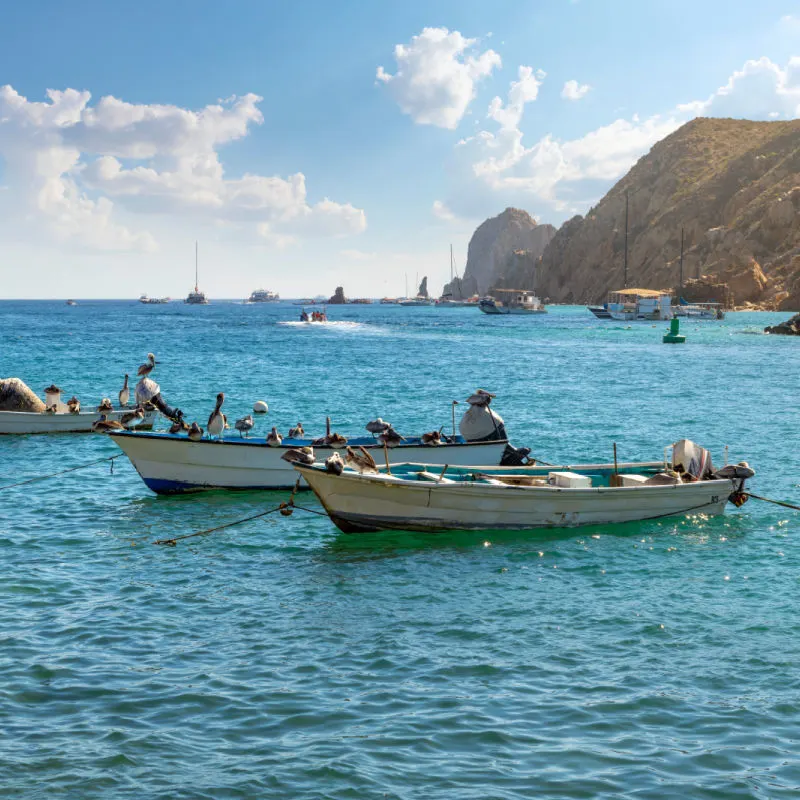
Yellow flags indicate a general danger. When these flags are raised on Los Cabos’ shores, people can enter the water while exercising high levels of caution.
Red flags prohibit visitors from entering the ocean due to dangerous conditions, such as strong waves and currents, while black flags are a sign that the whole beach is being closed down to protect tourists.
Are Los Cabos beaches safe?
Considering the recommendations recently released by local authorities, Los Cabos tourists may now be wondering whether swimming in this municipality is safe.
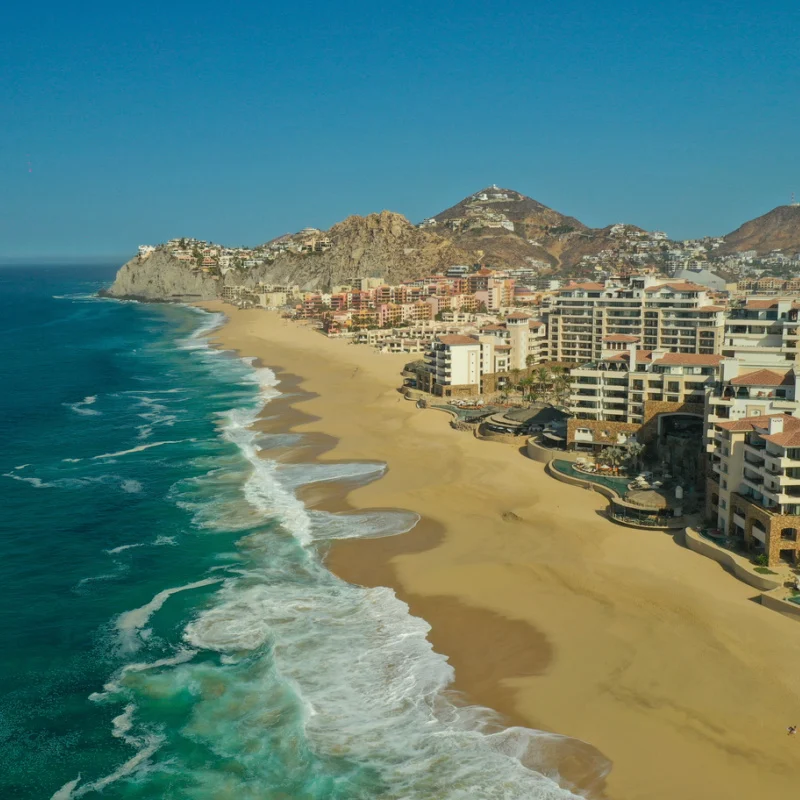
While some beaches, such as Playa Solmar, Playa Pedregal, and Divorce Beach, are closed to the public all year round, others, including El Medano Beach and El Chileno Beach, are mostly safe for bathers.
Regardless of this, local lifeguards are constantly monitoring water conditions and are quick to update tourists in case of sudden changes.
Not by chance, beach safety is one of the main priorities for the Los Cabos government which has recently put in place a series of initiatives to better protect tourists.
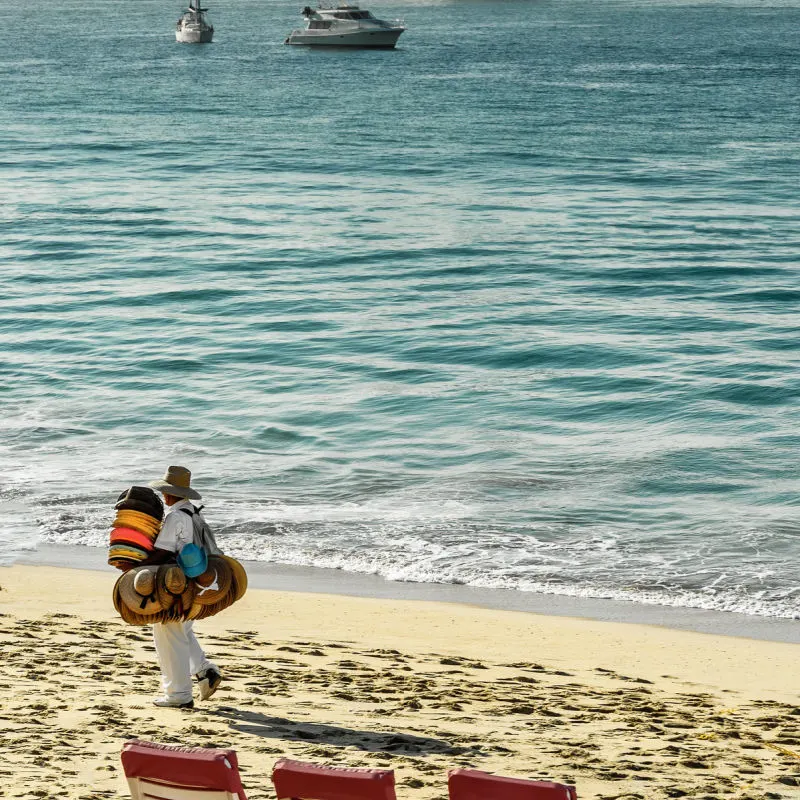
For instance, just a few days ago the local government announced the decision to increase beach surveillance to crack down on illegal street vendors often operating in these areas.
On top of this, local authorities decided to guarantee clean beaches during the busy spring break season.
This is not only done to protect the delicate ecosystem characterizing Los Cabos beaches but also to keep tourists safe, as most people spending their days here choose to walk on the shore barefoot.
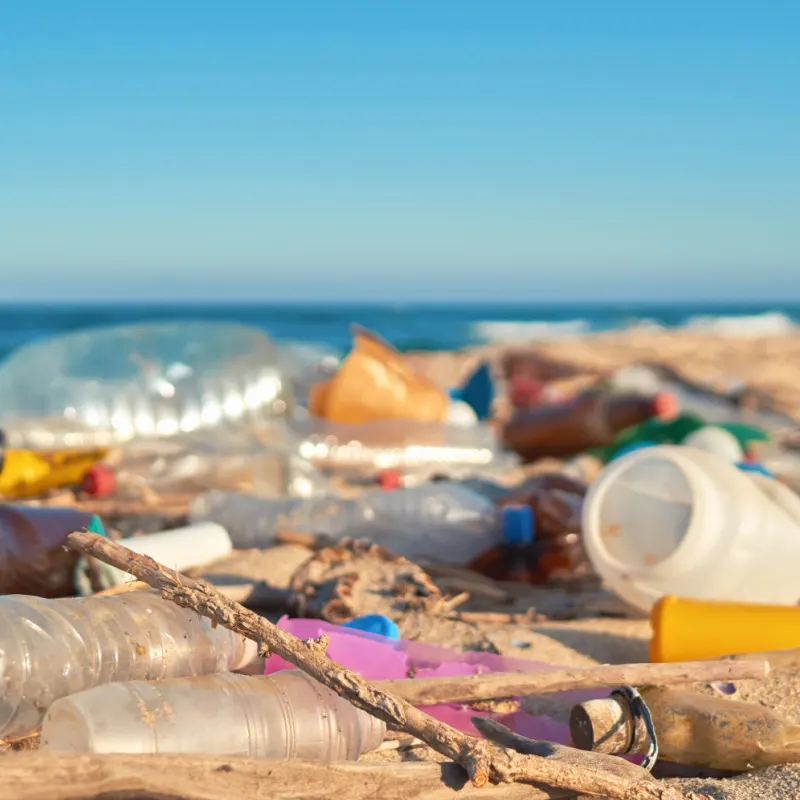
This practice, although very common, may be dangerous when trash is present on the beach, as people may injure themselves with broken glass or other sharp objects.
Thanks to Los Cabo’s latest cleaning operations, this risk will hopefully be reduced.
Lastly, the local government has recently decided to hire extra lifeguards to protect the many tourists heading here for spring break.
Not by chance, report after report keeps confirming Los Cabos as one of the most popular destinations among U.S. students in this period of the year.
Plan Your Next Cabo Vacation:
Traveler Alert: Don’t Forget Travel Insurance For Your Next Trip!
Choose From Thousands of Cabo Hotels, Resorts and Hostels with Free Cancellation On Most Properties
↓ Join The Community ↓
The Cabo Sun Community FB group has all the latest travel news, conversations and current events happening in Los Cabos

Subscribe to our Latest Posts
Enter your email address to subscribe to The Cancun Sun’s latest breaking news affecting travelers, straight to your inbox.
